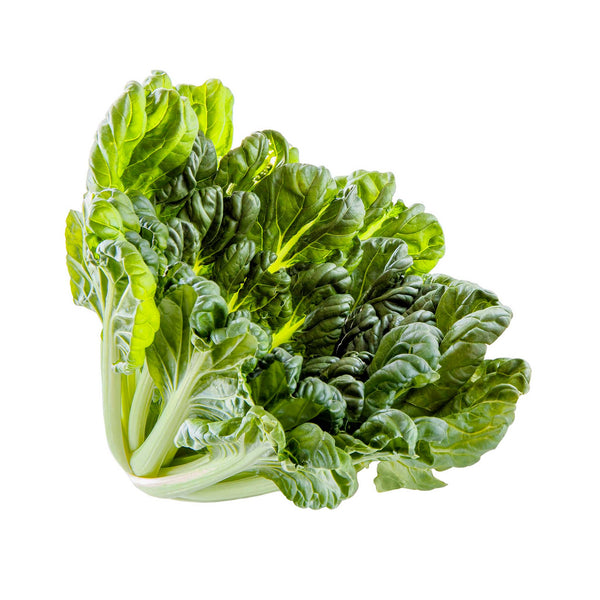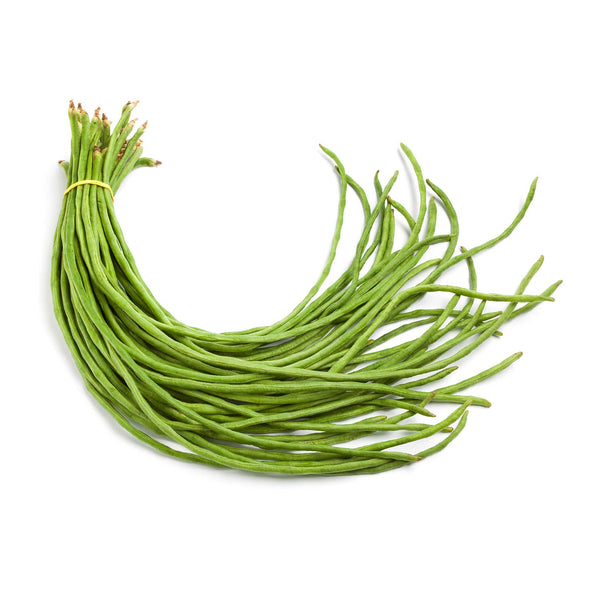Home Vegetable Seeds Carrot Kuroda
Carrot Kuroda
Rs. 80.00
Carrot Kuroda is a popular variety of Carrot and it is known for growing to a height of approximately 6 to 8 inches long.
Seeds per Pack: 2 gm of Carrot Kuroda Seeds
Common Names: Hindi: gajar, Kannada: carrot, telugu:carrot.
Soil and climatic requirement: Deep loose loamy soil, Temp:15-20 ͦ C
Crop Duration:90-120 days crop
Types of carrots suited for home garden:
Nantes: Nantes carrot cultivars are the most popular for backyard gardens. They are 5’’- 7’’ and 12.7-17.8 cm long grow in somewhat wide range of soil. Nantes carrots are Sweeter and crisper than imperators.
Ball type/Round type: For heavy soil, consider like black soil in north karnataka region is suitable. They are sweet, Beet-shaped carrots with round 1’’-11/2’’ and 2.5-3.8cm roots.
Chantenay: Are chunky, blunt-tipped carrots, 4’’-6’’ dia and 10.2-15.2cm long, that are especially good choice for growing in heavy soil, they are crisp and sweet tasting.
Planting season: August, Oct-Nov
Planting type: carrots need to be sown directly onto well prepared soil.
Spacing: leave row to row 30 cm spacing and plant to plant 5 cm.
Depth of sowing: Carrots are very small seeds, show sowing is needed. I.e., 6mm / >0.5 cm depth.
Germination period: plant take 1 -3 weeks to germinate.
Hours of sunlight required: carrots thrive well in 6-8Hrs of sunlight.
Irrigation:Critical growth period is during germination stage and root emerging stage.Watering at this stage will yield better quality of carrots. 7 days interval of irrigation maintain soil moisture. (* depends on temperature )
What happen if we add more organic matter?
Carrots do need plenty of organic matter, because it helps the soil stay moist and light, and moist soil yields sweet, crisp roots. But manure, along with too much of other sources of organic matter such as grass clippings or kitchen scraps, can cause problems, that’s because carrots that have access to too much nitrogen- either from manure or from ordinary fertilizer- produce misshapen roots that have so many fine feeder roots that look like hairy. Also avoid rough organic matter such as debris, because large particles in the soil, even if they are organic, can cause misshapened carrots.
Anything is needed once carrot is established ?
Mulch seedlings once they are large enough; the soil should be evenly moist but not wet. Spraying compost tea helps plant grow quickly and can prevent disease problems. If the soil doesn't dry out , rewet it gradually over the course of days. A sudden shift from dry to wet can cause your carrots to crack. Hand pull weeds or cut them off just below the soil surface to prevent damage to the roots floating row covers keep moist insect pests away.
Why carrots are green at the top?
Carrots push up out of the soil as they grow, and the part of the root that’s exposed to the sun turns green and gets bitter. To prevent this, soil up around the crowns throughout the season or cover them well with mulch.
How often do need to harvest?
Pull carrots every couple of days during the summer time, or they will go past their prime. In cool weather, they can remain in the soil for several weeks. To get them ready for storage, spread them out in the sun for a few hours to dry the soil that’s still clinging to the roots. Then brush off as much soil as you can. Cut of the tops, and dry them in the sun for few hours. Store them in plastic bags in the refrigerator. For longer storage, pack the in moist sawdust and keep them between 0-4.4 degree celsius.
Companion crops: Tomato, Radish, Marigold, Parsley , lettuce, rosemary, Beans are best with carrots in gardening.
Seed treatment: soaked in water for 24 hours, dried under shade and to be treated with Capt an 75 WP @ 3g/kg seeds. Seed treatment with 0.1% Boron in the form of Sodium Borate for 24 hours improve the yield.
Problems of carrots:
Diseases:
Alternative leaf blight:
Brown -green water soaked lesions on leaves which enlarge and turn dark brown or black; lesions may coalesce causing to yellow and die, lesions may be present on petioles.
Management:
Disease emergence favored by wet, warm weather; rain and fog enhance the development of the disease. Treat seeds with hot water prior to sowing. Promote circulation through canopy.
Bacterial leaf blight:
Small angular leaf spots, with yellow color. Leaves are irregularly shaped brown, water soaked lesions with halo, center of lesion dry out, finally brittle. Leaves may become curled or distorted; flowers stalks may develop elongated lesions that exude a bacterial ooze; infected umbels may be blighted.
Management:
Use plant pathogen free seeds.
Avoid using sprinkler irrigation
Apply appropriate bactericides.
Pests:
Rust fly:
Surface scarring of tap root caused by tunnels; tunnels are filled with a rust colored mush; insect is a small dark colored fly, larvae are white maggots approximately 1 cm long.
Management:
Use of row covers will help to protect plants from damage but they must be installed before adult fly lay eggs on plants;
Harvest carrots in blocks; do not leave any carrots in the ground over the winter to reduce overwintering sites.











